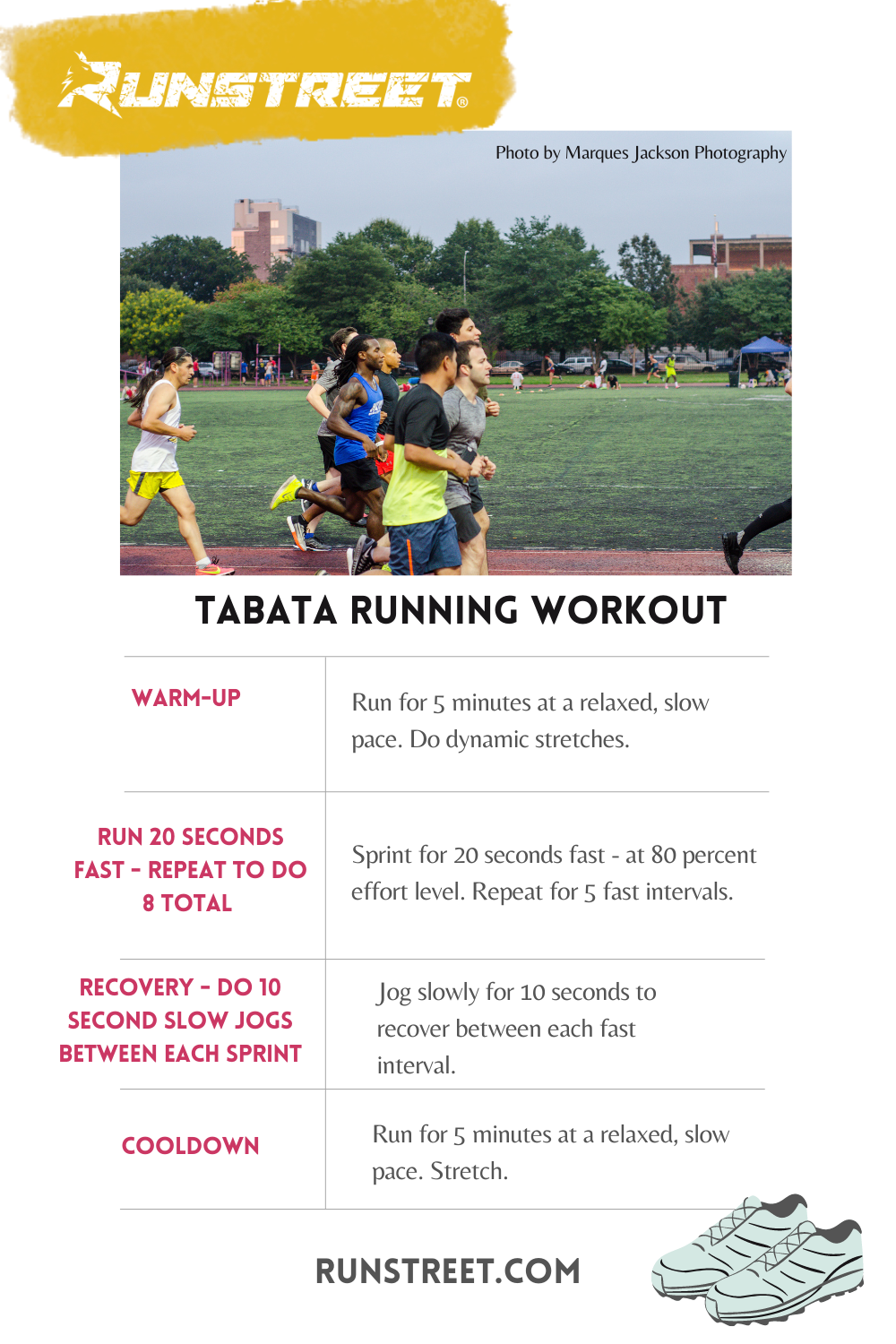The Ultimate Overview to Handling Pain When Running
For joggers, experiencing discomfort throughout runs is not uncommon, and recognizing how to successfully handle and stop it can make a substantial difference in your total performance and enjoyment of the sporting activity. Whether you are an experienced marathoner or just starting your running trip, recognizing the different sorts of pain that can develop and the methods to resolve them is essential. From pre-run warm-up regimens to proper shoes choice, there are many aspects to think about when it pertains to managing pain while running. This thorough overview will certainly equip you with the expertise and tools necessary to browse with the pain and equip you to accomplish your running objectives with higher convenience.

Recognizing Different Kinds of Running Discomfort
When running, it is necessary to differentiate in between various kinds of pain to avoid injuries and make best use of performance (Read More). One common kind of discomfort that runners may experience is muscular tissue discomfort, which usually develops from the stress and anxiety placed on muscles during exercise. This kind of pain is often a typical component of the running process and can be taken care of through correct workout, cool-down, and extending routines
Another type of discomfort to be knowledgeable about is joint pain. Joint pain can suggest concerns such as overuse, inappropriate form, or underlying conditions like arthritis. Disregarding joint discomfort can lead to a lot more severe injuries, so it is important to attend to any kind of discomfort quickly and possibly seek expert suggestions.
Additionally, sharp or stabbing pains should not be ignored. These kinds of pain can signal severe injuries such as strains, sprains, or tension cracks - running strategy. Proceeding to go through these types of pain can worsen the injury and lengthen healing time

Pre-Run Warm-Up and Extending Regular
To prepare the body for a running session, carrying out an efficient pre-run workout and extending routine is necessary. A correct workout aids increase blood circulation to the muscular tissues, boosts flexibility, and decreases the threat of injury during the run. Start with vibrant stretches like leg swings, arm circles, and high knees to slowly elevate your heart rate and chill out the muscular tissues. Dynamic extending assists simulate the motions you'll be doing while running, preparing your body for the activity in advance. Follow this with fixed stretches concentrating on major muscular tissue teams such as the hamstrings, quadriceps, calf bones, and glutes. Hold each stretch for regarding 15-30 seconds without bouncing to advertise muscle mass leisure and flexibility. Remember to pay attention to your body and change the intensity of your warm-up based on your health and fitness degree and any kind of pre-existing problems. By including a consistent pre-run warm-up and stretching routine into your running routine, you can maximize efficiency and minimize the threat of pain or injury.
Proper Footwear Choice and Fit
When choosing operating footwear, it is necessary to think about elements such as foot type, running gait, arch support, padding, and shoe dimension. Checking out a specialized running store for a stride analysis and expert installation can aid make certain that you select the right footwear for your individual needs. Investing in top notch footwear that is ideal for your running style and foot composition is a positive action towards preventing discomfort and injuries during your runs.
Nutrition and Hydration Tips for Pain Avoidance

Hydration index is just as vital for joggers to prevent cramps, dehydration, and various other pains that can lead to discomfort during running. By focusing on nutrition and hydration, runners can improve their efficiency, lessen discomfort, and delight in an extra comfortable running experience.
Post-Run Recuperation Techniques to Ease Discomfort
Carrying out efficient recovery methods is necessary for easing discomfort and promoting muscle mass healing after running sessions. Additionally, icing aching areas for 15-20 mins can assist decrease inflammation and numb discomfort post-run.
Moisturizing appropriately post-run is crucial for restoring fluids shed during exercise and assisting in muscular tissue recuperation. Taking in a well balanced snack or meal that includes healthy protein and carbohydrates within half an hour of completing a run can assist fix muscle cells and restore power shops. Additionally, obtaining sufficient rest is crucial for permitting the body to repair and enhance muscular tissues. Integrating energetic recuperation activities such as light strolling or swimming can likewise aid promote blood circulation and decrease muscle mass tightness - Read More. By integrating these post-run recovery strategies into your routine, you can efficiently take care of pain and enhance your running performance.
Verdict
In conclusion, attending to different sorts of running discomfort with correct warm-up, stretching, shoes selection, nourishment, hydration, and post-run recuperation methods is necessary for discomfort avoidance and administration. By recognizing the reasons for discomfort and applying these strategies, runners can lessen pain and potential injuries. It is critical to prioritize overall physical health and wellness and wellness to guarantee an effective and pleasurable running experience.